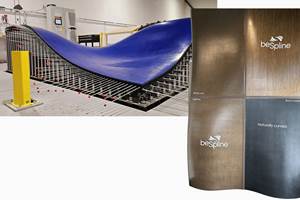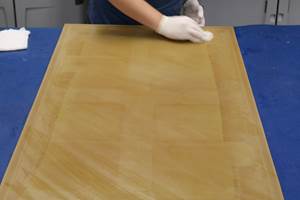Plant tour: Van Horn Aviation, Tempe, AZ
Van Horn Aviation seized a real opportunity in helicopter blades, with little composites acumen but big desire. The rest is history worth reading.
Like a lot of companies that manufacture composite parts and structures, Van Horn Aviation (VHA, Tempe, AZ, US) came to the material with little experience and knowledge, but an inherent desire to help customers solve problems, a willingness to learn and a desire to propel the company forward. Ironically, for Van Horn Aviation, it started with a propeller — or, more precisely, a rotor blade.
Jim Van Horn founded the company in Tempe in 2000, and his business plan was simple: Design and make replacement metallic rotor blades (tail and main) for helicopters that were still in service, but no longer manufactured. This seemed like a good idea. Bell’s (Ft. Worth, TX, US) UH-1 Huey, for example, one of the best-selling helicopters in the world, was no longer in production, but there were still thousands of units in service. VHA looked at the tail rotor blade for this aircraft and saw a lucrative opportunity to not only design a replacement, but a better replacement. However, the more time VHA spent on rotor blade design, the more apparent it became that a truly optimal blade design required use of composite materials.
There was just one problem, says VHA president Dean Rosenlof, who joined the company soon after the doors opened 18 years ago: “We had zero experience in composites. In order to control our destiny, we knew we had better bring this capability in-house. We were responsible enough for design; we have to be responsible enough to make it.”
How does a design house transform itself into a composites manufacturer with no composites manufacturing background? “Everything was about material supply and vendors,” Rosenlof notes. Indeed, VHA depended on a few well-known composite materials suppliers to help the company launch its composites expertise: Toray Composite Materials America Inc. (Tacoma, WA, US), Evonik Foams Inc. (Theodore, AL, US) and 3M (St. Paul, MN, US) adhesives. Ultimately, says Rosenlof, VHA had to just figure out composites on its own and gradually built its own composites expertise.
VHA, notes Rosenlof, has spent more than a decade perfecting its composites capabilities. In the process, it’s built a reputation for designing and fabricating high-quality, high-performance, high-efficiency rotor blades that exceed OEM specs. As a result, VHA is a Bell-certified supplier of replacement blades — a blessing of the helicopter manufacturer that is closely guarded and highly coveted. Today, VHA has three established products: the main rotor blade for the Bell 206B3 Jet Ranger, the tail rotor blade for the Bell 206B3/OH-58 Jet Ranger, and the legacy UH-1 Huey tail rotor blade.
On the production floor
Following a review of VHA’s business strategy and position, Rosenlof leads CW out onto the company’s production floor, where most of the firm’s 28 employees work. On the way, he points out some of the design engineers who represent VHA’s “secret sauce.” He notes that VHA has grown particularly adept at optimizing a variety of design parameters that make its products notable. These include coefficient of lift and drag, the pitch moment and vibration.
Helicopter pilots, Rosenlof explains, are highly sensitive to the “feel” a rotor blade conveys to the operation and flight of the helicopter, so VHA spends much time flight testing its designs to verify performance.
“Rotating blades are a tension field — centrifugal,” he notes. “And a composite behaves differently in that field than a metallic blade does.” In fact, helicopter rotor blades are one of the few composite structures in the world that lose advantage as they lose weight. Rosenlof calls it the “weight bogey,” which is to say that a rotor blade that is not heavy enough behaves differently than the all-metal alternative. Because of this, says Rosenlof, all of VHA’s blades are overdesigned to add weight back into the system.
On top of that, he says, “People in aerospace hate change,” meaning that a switch from a metallic rotor blade to a composite rotor blade should, ideally, preserve the performance characteristics to which the pilot is accustomed. It’s a delicate balance, but one VHA has managed ably. The bottom line, however, is safety, and in that regard the company has excelled. “Failures during testing and development help us redesign better blades,” Rosenlof says. “We are good at that. When we go to the market, we must first do no harm to aircraft and crew, and then look at performance improvements. That’s our job.”
The tour leaves the engineers behind and emerges in the rotor blade production area. Like many composites shops, manufacture at VHA begins with ply cutting, which is done on a 3m-long automated flatbed cutting system supplied by Eastman Machine (Buffalo, NY, US). Most of the prepreg VHA uses is the unidirectional version of Torayca 2510, which is based on Toray’s T700G 12K tow carbon fiber. On the outer layer of its rotor blades VHA uses the plain-weave version of Torayca 2510, which is based on Toray’s T700S 12K tow carbon fiber. Rosenlof says VHA has had good experience with the 2510 prepreg, which can be processed in or out of the autoclave, is supplied by Toray off the shelf as a commodity product, and is readily available from the fiber manufacturer.
Plies, as they come off the table, are kitted and prepared for layup, which is the next step, performed in an adjacent cleanroom. All VHA rotor blades feature a sandwich construction, comprising Evonik Rohacell foam core surrounded by the Torayca UD plies. VHA initially machined the cores in-house, but eventually contracted that out to Evonik, which does the work at its facility in Mobile, AL, US.
Layup is done by hand. The main rotor blades are laid up in a large composite mold at the room’s center. The tail rotor blades are placed at stand-up work benches. Ply placement is guided by marks on the mold. For areas where the carbon fiber is in direct contact with the foam, such as doublers and spars, there are recessed areas precut into the foam to guide placement. VHA uses cauls on all of its rotor blades, including, in some areas, Airtech’s (Huntington Beach, CA, US) Airpad uncured, non-silicone rubber, which can be formed into pressure caul sheets and flexible mandrels.
Each rotor blade that VHA manufactures includes a titanium fixture for attaching the rotor blade to the rotor blade mast, and this fixture is a critical part of each layup. Made in-house by VHA, the fixtures require additional ply build-ups around them to maintain rotor blade integrity.
Finished rotor blade layups are transferred next to one of VHA’s two autoclaves, each of which measures about 7.3m long. The Torayca epoxy prepreg VHA uses requires a standard 121°C cure.
Following cure, rotor blades are transferred to the machine shop, where they are trimmed to final dimensions. It is also in the machine shop that VHA makes almost all of the metallic parts used in the rotor blades, including the titanium fixtures and nickel abrasion strips for the rotor blade leading edge. VHA operates two vertical CNCs, two horizontal CNCs and an OMAX (Kent, WA, US) waterjet cutter. Three CNCs are supplied by Haas Automation Inc. (Oxnard, CA, US); one is supplied by DMG Mori Seiki (Nagoya, Japan).
Finally, VHA conducts rigorous tests of the rotor blades it makes, and has a variety of fixtures and testing machines designed to evaluate everything from blade balance to strength and stiffness properties. VHA also has its own Bell 206B helicopter, which it uses to evaluate dynamic rotor blade properties, including the “feel” that is so important to pilots.
When CW inquired about nondestructive inspection (NDI), however, Rosenlof notes that VHA does none. “We have process-dependent quality,” he says. “We monitor temperature, pressure and time, and as long as we are within spec with those, then we are making good rotor blades.” Rosenlof also points out that much of VHA’s process and quality control focuses on tolerances of the upper rotor blade surface because this is the “functional” side of a rotor blade and is most critical to rotor blade performance.
Next steps
VHA’s rotor blade work is not done. The company already is developing new products, including tail and main rotor blades for the twin-engine, two-blade Bell 212, and the twin-engine, four-blade, Huey-class Bell 412. Rosenlof adds that VHA is working on co-curing technologies that could build greater manufacturing efficiencies.
As our tour wraps up, Rosenlof notes that although VHA is a relatively small operation (its managerial staff and workforce totals 30), the company has created a niche for itself unlike many others, and it has done so by implementing composites manufacturing capability boldly and confidently. This niche, as robust as it is for VHA, was not built simply and, in that sense, is well earned. “We are,” he quips, “an 18-year-old overnight success.”
Related Content
Addyx carbon exoskeleton technology enables molded ribs inside hollow composite structures
Using a water-soluble mandrel, carbon exoskeleton opens paradigm for topology-optimized composites, cutting weight, manufacturing time and scrap rate.
Read MorePlant tour: BeSpline/Addcomp, Sherbrooke, QC, Canada
Composites automation specialist increases access to next-gen technologies, including novel AFP systems and unique 3D parts using adaptive molds.
Read MoreJEC World 2022, Part 3: Emphasizing emerging markets, thermoplastics and carbon fiber
CW editor-in-chief Jeff Sloan identifies companies exhibiting at JEC World 2022 that are advancing both materials and technologies for the growing AAM, hydrogen, automotive and sustainability markets.
Read MoreProper application of semi-permanent mold release systems
Performing regular maintenance of the layup tool for successful sealing and release is required to reduce the risk of part adherence.
Read MoreRead Next
From the CW Archives: The tale of the thermoplastic cryotank
In 2006, guest columnist Bob Hartunian related the story of his efforts two decades prior, while at McDonnell Douglas, to develop a thermoplastic composite crytank for hydrogen storage. He learned a lot of lessons.
Read MoreCW’s 2024 Top Shops survey offers new approach to benchmarking
Respondents that complete the survey by April 30, 2024, have the chance to be recognized as an honoree.
Read MoreComposites end markets: Energy (2024)
Composites are used widely in oil/gas, wind and other renewable energy applications. Despite market challenges, growth potential and innovation for composites continue.
Read More

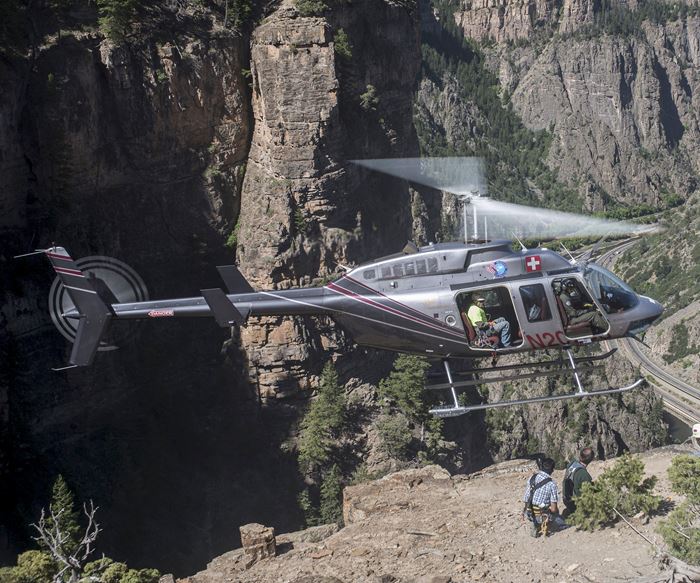

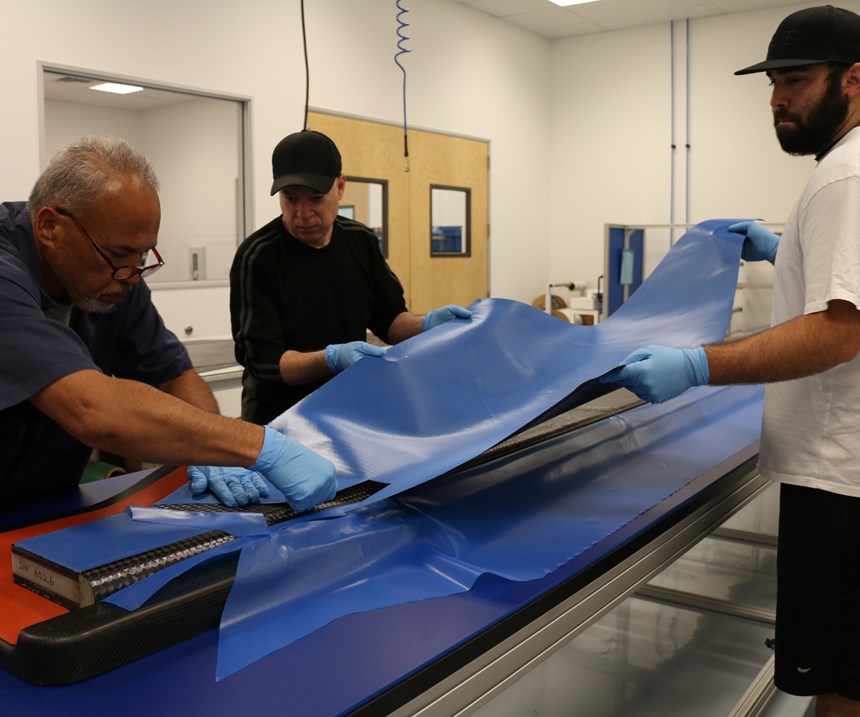
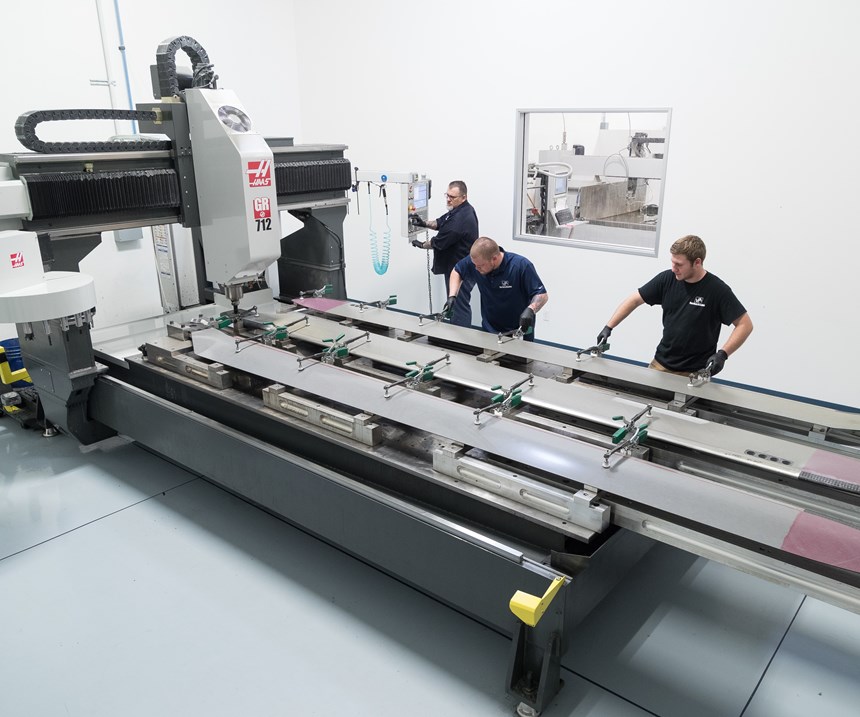
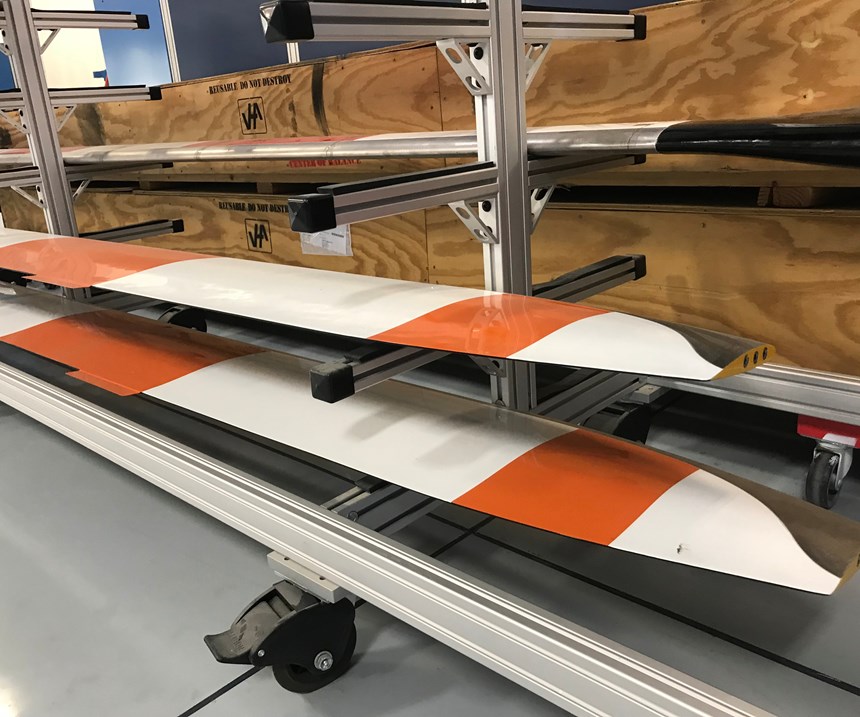
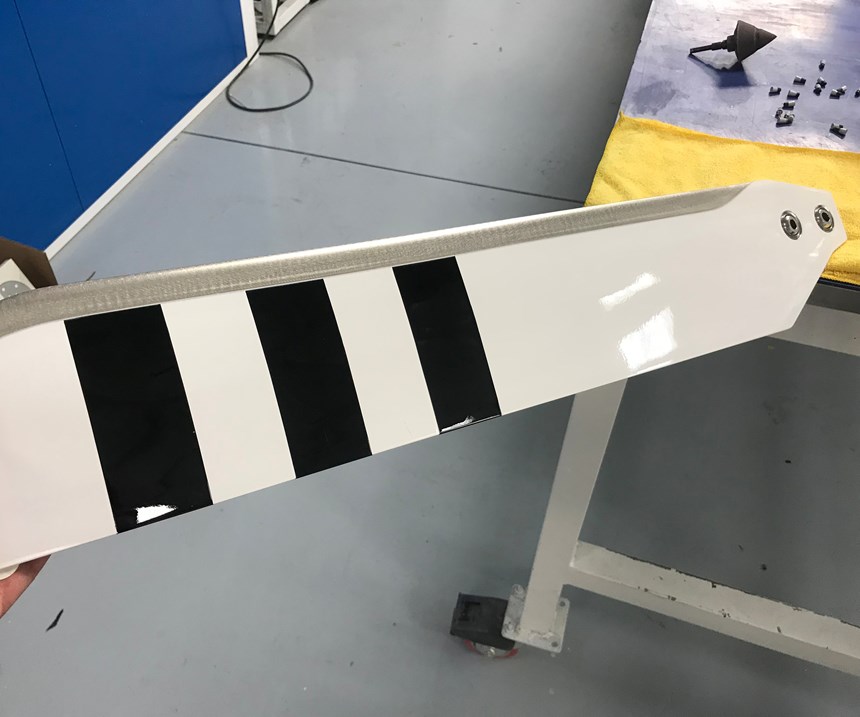
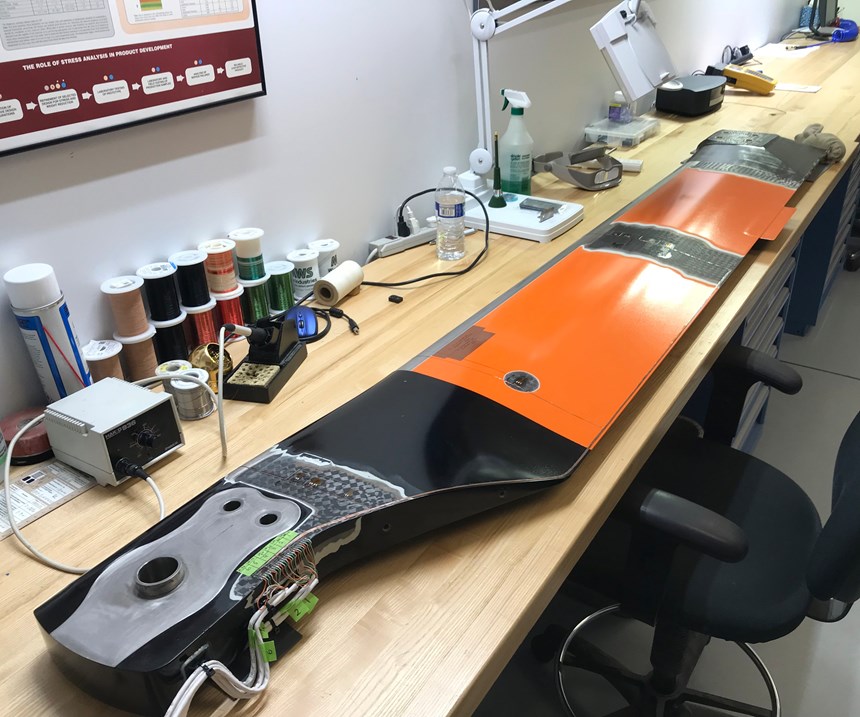
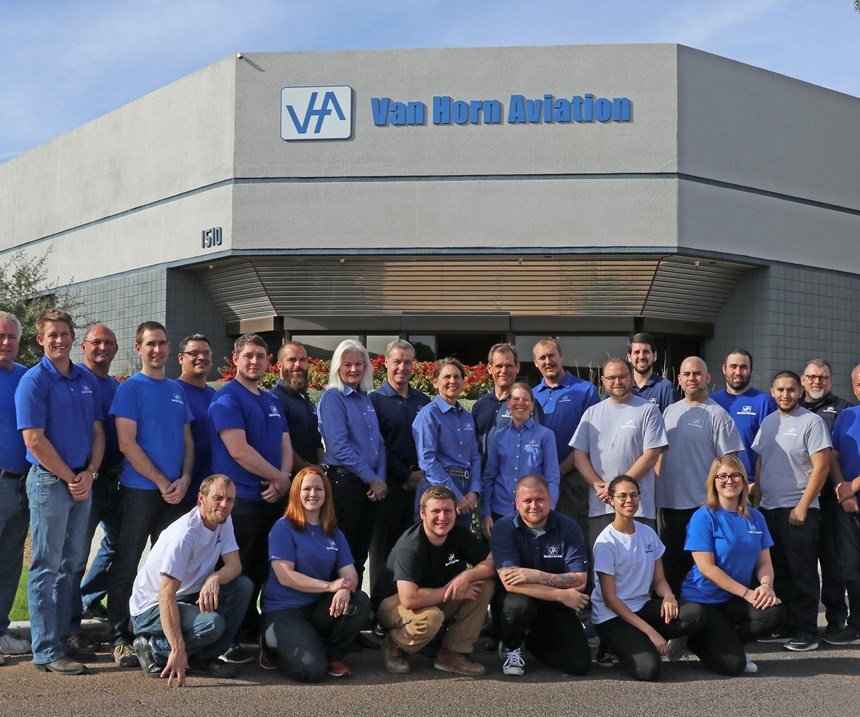
















.jpg;maxWidth=300;quality=90)




